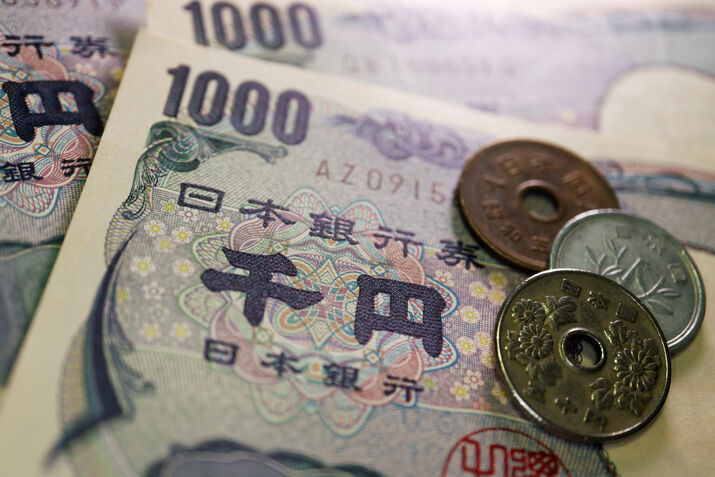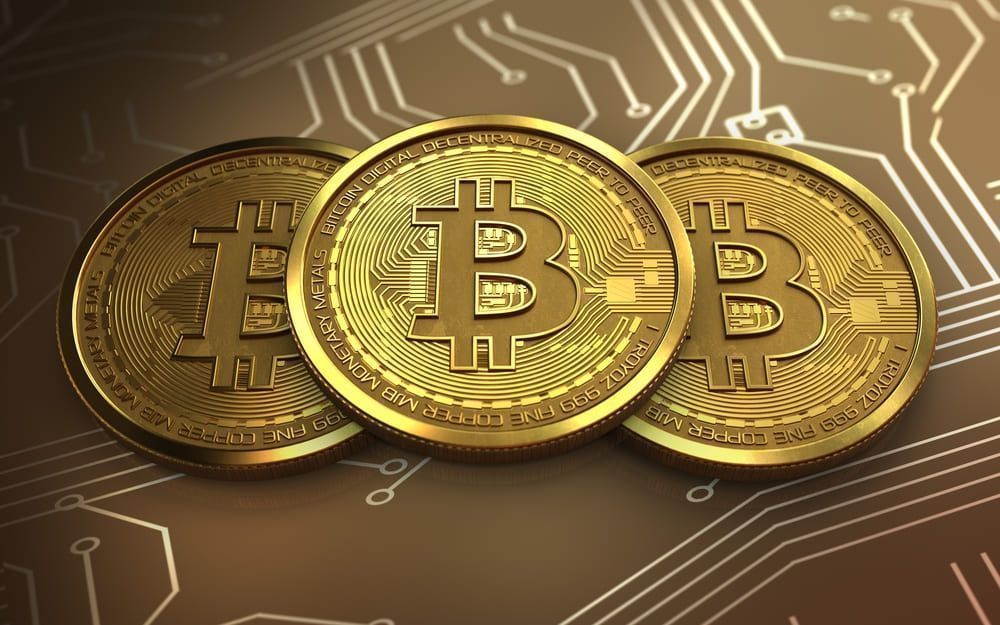Pound Sterling edges lower against US Dollar despite Trump announces removal of Fed’s Cook

- The Pound Sterling falls marginally to near 1.3440 against the US Dollar even as US President Trump fires Fed Governor Cook.
- The removal of Fed’s Cook has dampened the central bank’s independence.
- Investors await BoE Mann’s speech for fresh cues on the monetary policy outlook.
The Pound Sterling (GBP) ticks down to near 1.3440 against the US Dollar (USD) during the European trading session on Tuesday. The GBP/USD pair faces slight selling pressure as the US Dollar edges higher, even as the ousting of Federal Reserve (Fed) Governor Lisa Cook by United States (US) President Donald Trump has increased concerns over the central bank’s independence.
On early Tuesday, US President Trump shared a letter on Truth.Social in which he announced the removal of Fed Governor Cook, citing that she made false statements on one or more mortgage agreements.
Market experts have seen Fed Cook’s removal by US President Trump as a serious dent in the central bank’s independence. They have also argued that the intention behind Cook’s removal is to fit people in the Federal Open Market Committee (FOMC) to support Trump's economic agenda.
"The concern is the intent of the Trump administration: it’s not to preserve Fed integrity, it’s to install Trump’s own people at the Fed,” analysts at Capital.com said, Reuters reported.
However, Cook said that she will continue to carry out her duties as Fed Governor. In a statement shared by her attorneys, “President Trump purported to fire me ‘for cause’ when no cause exists under the law, and he has no authority to do so.”
In the past, President Trump has also attacked the Fed’s independence several times by threatening Chair Jerome Powell for not lowering interest rates. However, Trump praised Powell after his speech at the Jackson Hole Symposium on Friday, in which he surprisingly delivered a dovish interest rate guidance, citing labor market concerns.
Daily digest market movers: Pound Sterling trades calmly ahead of BoE Mann’s speech
- The Pound Sterling trades broadly stable ahead of Bank of England (BoE) Monetary Policy Committee (MPC) member Catherine Mann’s speech at 16:00 GMT. Investors will pay close attention to BoE Mann’s speech to get cues about whether the United Kingdom (UK) central bank will cut interest rates again in the remainder of the year.
- Financial market participants doubt whether the BoE to ease monetary policy further as inflationary pressures are turning out to be persistent. Inflation in the UK economy has been accelerating at a faster pace in recent months.
- Investors should note that BoE’s Mann was one of the MPC members who voted for holding interest rates in the monetary policy meeting earlier this month. In the meeting, the BoE reduced its key borrowing rates by 25 basis points (bps) to 4%, with a slim majority.
- In the US, investors await the Personal Consumption Expenditures Price Index (PCE) data for July, which is scheduled to be released on Friday. The inflation data will influence market expectations for the Fed’s monetary policy outlook.
- According to the CME FedWatch tool, there is an 84% chance that the Fed will cut interest rates in the September monetary policy meeting.
- Fed dovish expectations intensified earlier this month after the Nonfarm Payrolls (NFP) report for July showed downward revisions in May and June.
Technical Analysis: Pound Sterling falls to near 1.3440

The Pound Sterling drops to near 1.3440 against the US Dollar on Tuesday. The near-term outlook of the GBP/USD pair is uncertain as it wobbles near the 20-day Exponential Moving Average (EMA), which trades around 1.3460.
The 14-day Relative Strength Index (RSI) oscillates inside the 40.00-60.00 range, suggesting a sharp volatility contraction.
Looking down, the August 11 low of 1.3400 will act as a key support zone. On the upside, the July 1 high near 1.3790 will act as a key barrier.
Pound Sterling FAQs
The Pound Sterling (GBP) is the oldest currency in the world (886 AD) and the official currency of the United Kingdom. It is the fourth most traded unit for foreign exchange (FX) in the world, accounting for 12% of all transactions, averaging $630 billion a day, according to 2022 data. Its key trading pairs are GBP/USD, also known as ‘Cable’, which accounts for 11% of FX, GBP/JPY, or the ‘Dragon’ as it is known by traders (3%), and EUR/GBP (2%). The Pound Sterling is issued by the Bank of England (BoE).
The single most important factor influencing the value of the Pound Sterling is monetary policy decided by the Bank of England. The BoE bases its decisions on whether it has achieved its primary goal of “price stability” – a steady inflation rate of around 2%. Its primary tool for achieving this is the adjustment of interest rates. When inflation is too high, the BoE will try to rein it in by raising interest rates, making it more expensive for people and businesses to access credit. This is generally positive for GBP, as higher interest rates make the UK a more attractive place for global investors to park their money. When inflation falls too low it is a sign economic growth is slowing. In this scenario, the BoE will consider lowering interest rates to cheapen credit so businesses will borrow more to invest in growth-generating projects.
Data releases gauge the health of the economy and can impact the value of the Pound Sterling. Indicators such as GDP, Manufacturing and Services PMIs, and employment can all influence the direction of the GBP. A strong economy is good for Sterling. Not only does it attract more foreign investment but it may encourage the BoE to put up interest rates, which will directly strengthen GBP. Otherwise, if economic data is weak, the Pound Sterling is likely to fall.
Another significant data release for the Pound Sterling is the Trade Balance. This indicator measures the difference between what a country earns from its exports and what it spends on imports over a given period. If a country produces highly sought-after exports, its currency will benefit purely from the extra demand created from foreign buyers seeking to purchase these goods. Therefore, a positive net Trade Balance strengthens a currency and vice versa for a negative balance.







